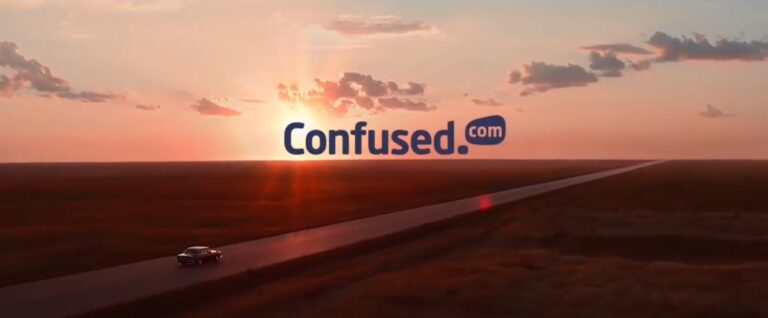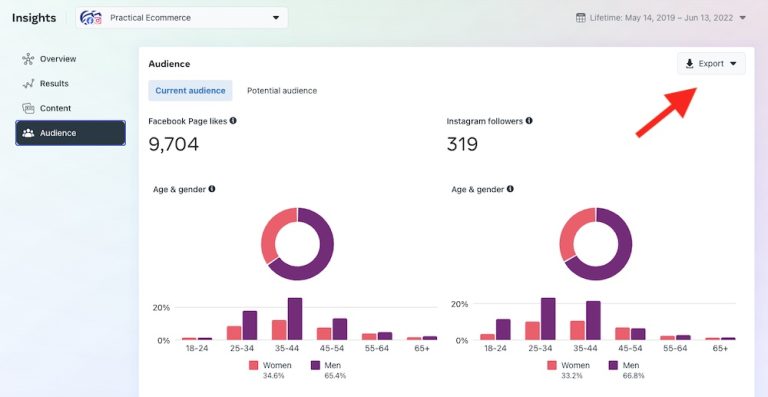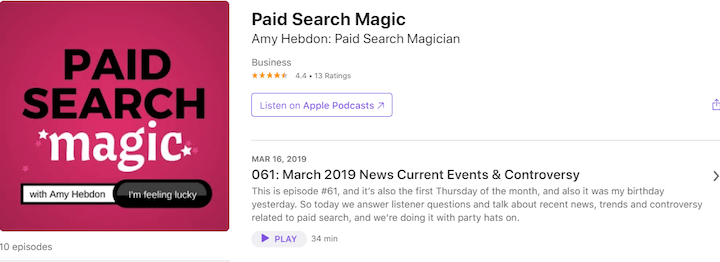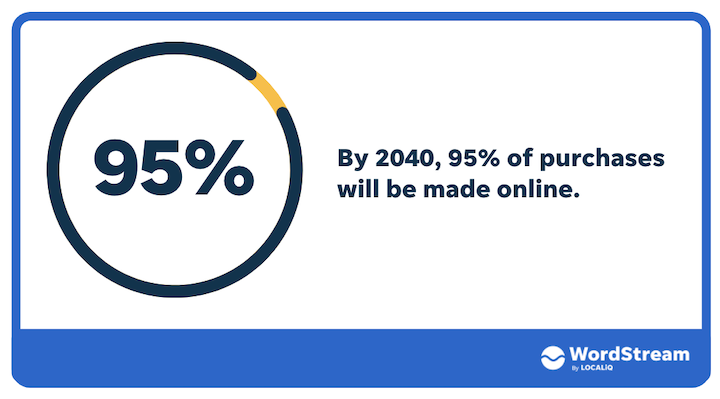I also model good behaviour when it comes to vacations. I plan well in advance, which includes making sure everyone has a clear understanding of what they need to do when I’m not there. It’s not about micro-managing, but rather setting an example for others that no one is so important they can’t be unavailable for a certain amount of time. And then I stay away and demonstrate that I trust everyone to make good decisions in my absence. Ultimately, what an effective work/life balance looks like is very personal, but I do my best to provide a model that the team can modify and adapt based on what works best for them.
Please describe your job: What do you do?
I’ve been listening to NYU marketing professor Scott Galloway’s new book, “Post Corona,” and one of the things he talks about is how this year has acted as an accelerant. In other words, all of the same trends and ambitions that previously existed as long-term, hypothetical aspirations for most businesses, such as omnichannel marketing, digital transformation, and a single customer view, have become much more urgent.
Talk us through a typical day…
I’m the Chief Operating Officer for customer data platform BlueConic, where I oversee the post-sale customer organisation and establish policies that promote the company’s culture and vision. I personally work closely with our customers on their own technology strategies so they can become more fluent in data and digital, and more customer-centric in their business operations.
How do you maintain an effective work/life balance?
I see a couple things happening. First, the demise of the third-party cookie will fundamentally change the data businesses have available to them to create value for consumers and competitive advantage for their business. To compete in this new world, companies will need to have a solid transformation strategy in place that prioritises the use of first-party data.
For example, companies that once had 10-year plans to build more brick-and-mortar stores have had to scale their digital experiences, or in some cases, embrace them for the first time. Take Chipotle, for instance, which is opening new, digital-only locations for pick-up and delivery to complement its physical stores. Other companies, like Vans, have been able to unlock growth through campaigns like Bouncing Off The Walls and The Shoe Box Challenge that offer a welcome distraction to the pandemic while cultivating more meaningful relationships with customers.
How has strategy changed at your company in the past year?
Similarly, our company strategy hasn’t so much changed as it’s been pulled forward. For example, some new features and functionality that have always been part of the roadmap have been re-prioritised and expedited. We’ve also been lucky enough to need to accelerate our hiring plans to support customers who want to move more quickly. Bigger companies that have typically been slower to invest in the past, for instance, are now speeding up their evaluation cycles. In fact, the whole process is taking half the time it used to pre-pandemic.

Even by start-up standards, thanks to the disruption that Covid has brought, there’s very little typical lately, but generally speaking I’m supporting my team with their work, developing content and tools to help maximise the impact of our technology, and meeting with colleagues, customers, partners, and others in our space. I also regularly speak at industry conferences, though most of these events have pivoted to virtual formats for obvious reasons.
How has customer behaviour (or your clients’ customer behaviour) changed during the pandemic?
Companies like Chipotle and Vans that bake more agility into what they do and how they do it are far better equipped to survive and even thrive amid disruption—whether it’s caused by a pandemic, competitive pressures, budget cuts, or other internal or external factors.
For me, time management is key. This year in particular has been about adding the right amount of structure to my day. For instance, I try to get up around the same time and exercise in the morning – I’ve put in a lot of Peloton hours this year! It helps that I have a dog that needs to be walked at certain times of the day, which forces me to take time away from my computer.
What do you predict for the future?
This need to get things done faster, in a more intuitive and/or automated way has not only raised the strategic visibility of our platform, but it’s also resulted in a more cross-functional nature to how it’s evaluated and used. For example, customer data platforms have traditionally been considered a tool for marketers who need to achieve the elusive single customer view in order to orchestrate individualised experiences across channels and customer lifecycle stages. But to deliver a true, end-to-end customer experience, modern organisations are realising that an array of functions and teams are required, including marketing, commerce, analytics, customer support, and more. As such, we’re starting to see users of the platform expand beyond marketing to all departments responsible for driving the growth of the company.
Use this moment to push forward innovation. Marketers have long been fighting to get the budget and resources they need to put the customer at the centre of everything they do and facilitate much-needed value exchanges between brand and consumer. It’s not a matter of trying to get back to where you were before the pandemic, but rather using this period of disruption to rethink the role of marketing and make digital and data central to your operations.
That means we need to have the right people in place to help customers deploy BlueConic quickly and efficiency, maximise their use of the platform, and ensure they get transformational value from their investment.
Our customers are not only using the platform more, but we’ve also seen significant changes in how they use it. In the current environment, it’s not enough for companies to just do more of the same, incremental things. Rather, they need to shift their strategy and current ways of working so they can operate more efficiently and with fewer, cross-functional bottlenecks.
What advice would you give a marketer right now?
Cory Munchbach is the COO of customer data platform, BlueConic. In today’s ‘day in the life’, Cory talks us through her typical working day, and offers some insight into how the past year has accelerated strategy at BlueConic.

![50 Streaming Video Statistics You Need to Know [2021]](https://research-institute.org/wp-content/uploads/2021/04/what-to-know-before-you-sell-your-small-business-768x432.png)




